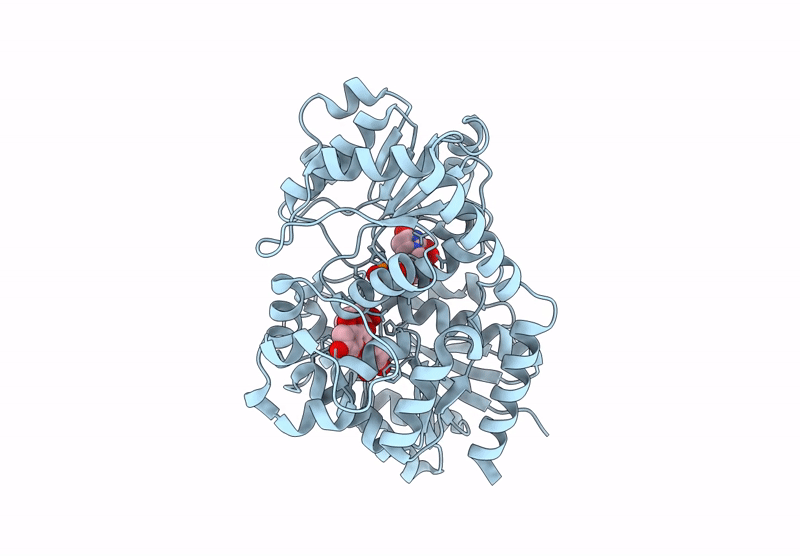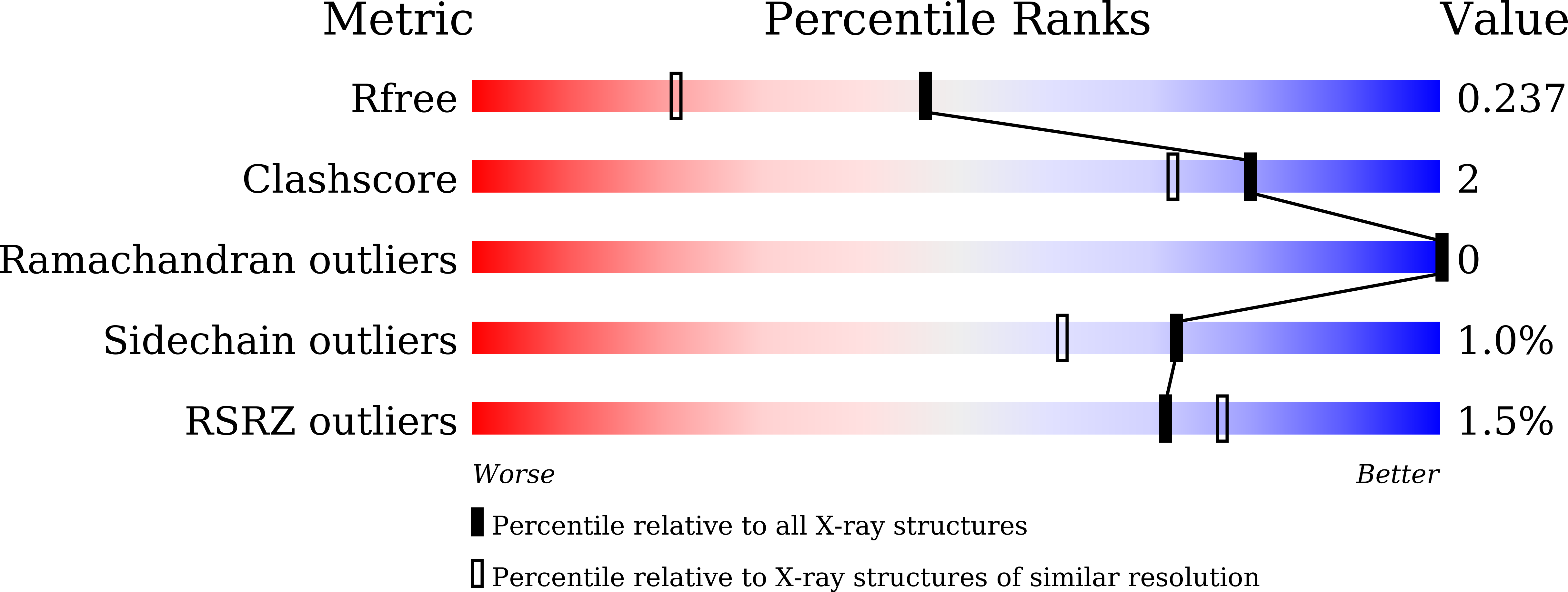
Deposition Date
2024-11-30
Release Date
2025-06-25
Last Version Date
2025-07-02
Method Details:
Experimental Method:
Resolution:
1.77 Å
R-Value Free:
0.23
R-Value Work:
0.18
R-Value Observed:
0.19
Space Group:
P 21 21 2


